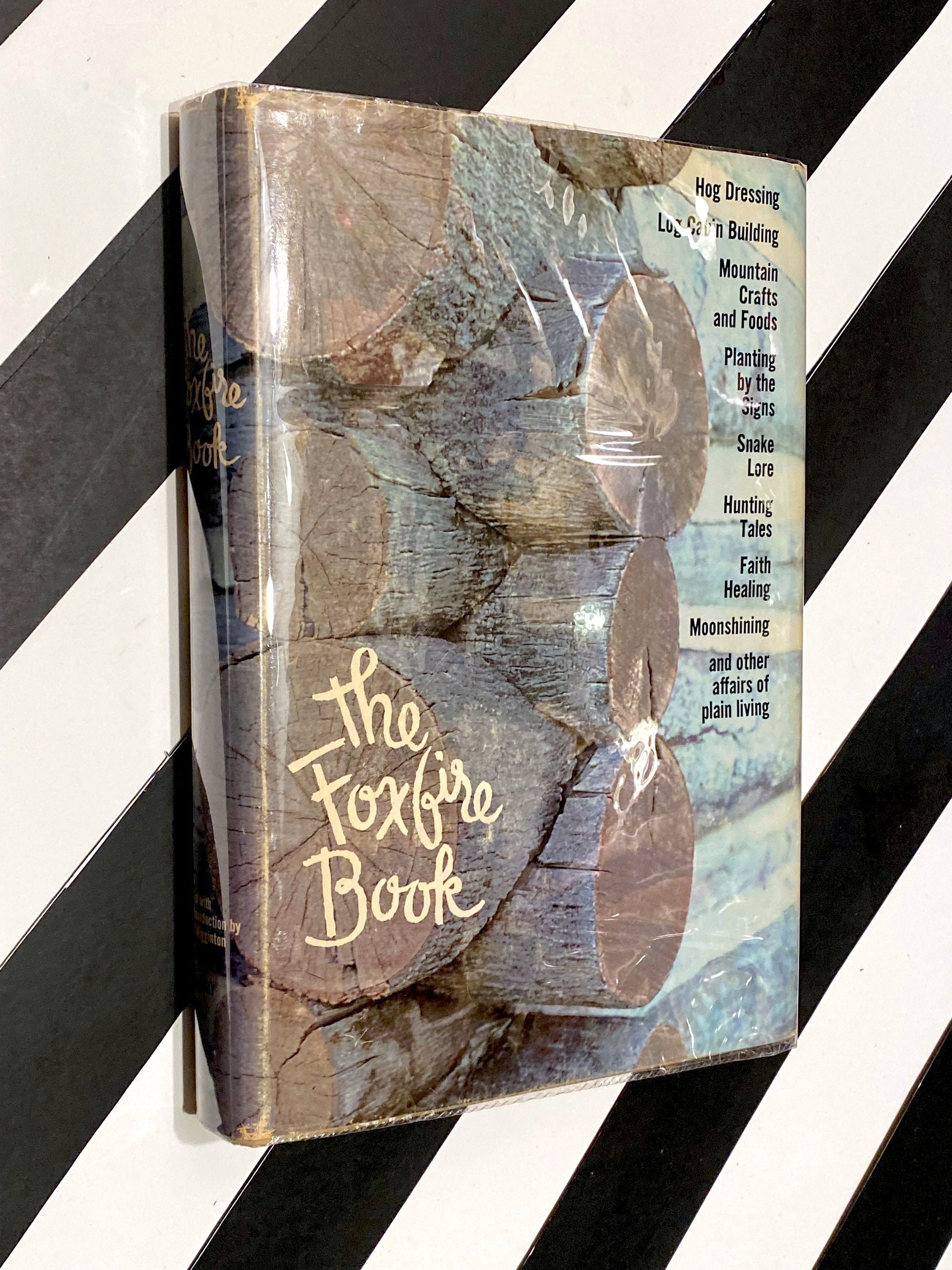
"Rope, Straw, and Feathers are to Sleep on" presents stories, written directly in the dialect of the speaker, of four woman's memories surrounding the types of beds they have used throughout their lives. In "An Old Chair Maker Shows How," Lon Reid explains how to build a chair completely from scratch, using only homemade tools. The next four articles pertain to the creation of household items and necessities. The following articles, "Making a Hamper out of White Oak Splits" and "Making a Basket out of White Oak Splits" describe the use of the white oak split to create various household items.

These splits are thin pieces of prepared white oak wood, commonly used in homemade baskets, bedding, chairs, and hampers. "White Oak Split" describes the creation of splits. The next set of articles discusses the white oak split and its various uses. "Wood," "Tools and Skills," "Building a Log Cabin" and "Chimney Building" are presented next as a set of articles designed to educate readers on the materials, skills, tools, and processes involved in building a log cabin.

Following this essay, an interview with a kindly elderly woman, "Aunt Arie," is presented, in which Arie describes her traditional cooking methods, her upbringing in the Appalachian Mountains, and her triumphs and trials as an older woman alone in a log cabin in the mountains. Marvin Watts, which chronicles the childhood of one woman living in the Appalachians in the early part of the century. The novel opens with "this is the way I was raised up," written by Mrs. This non-fiction book is a collection of articles and essays about traditional life in the Appalachian Mountains.

Presented in the dialect of the people as told by the individuals themselves, this collection is not only a wealth of information about building cabins and furniture, creating home remedies, cooking, hunting, and farming, but is also a valuable record of a nearly extinct way of life for the Appalachian mountain people. The characters described within these stories live virtually unaided by modern society and often grow their own food, raise their own sources of meat, and use their skills, passed generation to generation, to make furniture, cure disease, hunt for provisions, and even build houses. Originally started in 1968 by high school teacher Eliot Wigginton, Foxfire was created as an attempt to entice young high school students to learn the history of their society, as well as to preserve the knowledge and traditions of the people residing in the Appalachian Mountains of Rabun Gap, North Carolina.

The Foxfire Book is a compilation of articles written by high school students for a magazine called Foxfire.


 0 kommentar(er)
0 kommentar(er)
